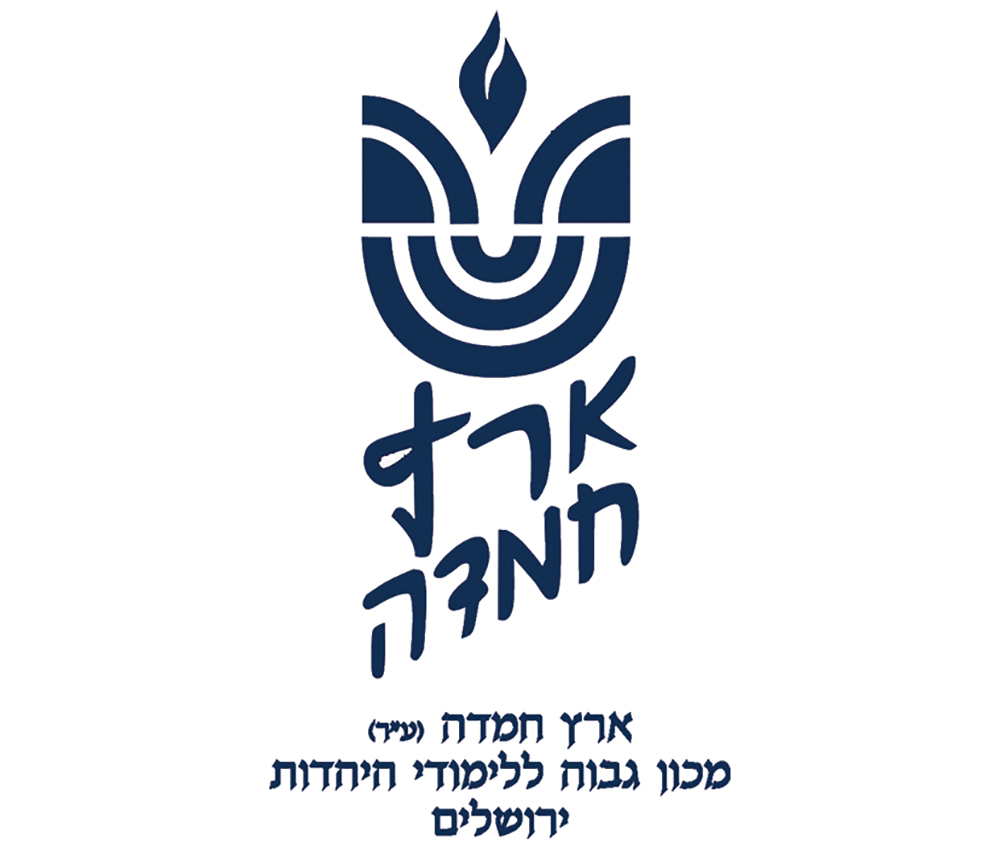Parshat Behaalotecha
The haftarah that we read this Shabbat is one that is familiar to most of us as it is read both on this Shabbat, for Parshat Behaalotecha, as well as on Shabbat Chanukah. On both occasions we focus upon the latter part of the haftarah, the vision of the Menorah, as the connecting theme to both the Festival of Lights and the opening of our parsha that speaks of the mitzvah of lighting the Menorah in the Mishkan. And, as understandable as it is to focus specifically on that portion of Zecharya’s prophecy, it is also unfortunate that we do. For, by doing so, we tend to de-emphasize, or even ignore, the opening visions and, by doing so, we fail to fully understand the prophecy and the significance of its message.
Zecharya prophesied in Judea at the beginning of the return to Yerushalayim following the destruction of the first Beit HaMikdash. A contemporary of the navi Chaggai, Zecharya urged the people to rekindle the glory of the earlier years by rebuilding the Temple. The people, however, felt differently. The nation saw the Churban Habayit as Hashem’s rejection of their “chosenness.” The prophets repeatedly taught them that such a belief was false. The navi Yirmiyahu compiled the stories in Sefer Melachim to show the people that the destruction of the Beit Hamikdash was a result of their sins and, therefore, they need simply to do teshuvah in order to return to their land (as he predicts would happen). The navi Yechezkel, upon hearing the exiles say that they should now worship the gods of the conquering nation, told them that Hashem will rule over them and remain their God in the Diaspora as well—despite their thoughts to the contrary (see Sefer Yechezkel 20; 33). Chaggai also urged the returnees to build a Mikdash to Hashem and said “Alu hahar v’haveitem etz uv’nu haBayit, Go up to the mountains, bring back wood and build the Temple” (Chaggai 1: 7). This, therefore, was the message of Zecharya as well. He understood that it was essential for the returning exiles to build the second Temple. But he also knew that it was a task that could not be completed successfully if the Jews believed that, despite their return to the land, they were still rejected by Hashem.
And this is what Zecharya’s visions—those we read in our haftarah—are about.
The navi tells of a vision in which the kohen gadol, Yehoshua, standing before Hashem’s angel, standing in a court, with the “satan,” the accuser, standing to his right, a clear depiction of a courtroom session, at which the accuser prepares to bring charges against the nation of Israel, represented by the high priest. The accusation of the satan, according to Rav Hayyim Angel, was that Hashem had rejected His city and His nation. God preempts the accuser and prevents him from presenting any arguments against the small remnant of the people who had survived and returned. Significantly, God is described there as “HaBocher b’Yerushalayim, He Who chooses Yerushalayim.” The message of the vision shared with the people is clear: God still chooses them and the city and that, despite the Churban, Hashem had not rejected them.
The last vision is the vision of the Menorah. Here, too, the navi speaks to a community that feels themselves unworthy. Unfortunately for us, the haftarah ends before we read of the meaning of the vision—a meaning that commentaries have grappled with over the centuries. The seven branches symbolize the “seven eyes” of Hashem that see all, and the message that the navi shares with the people is that Zerubavel, the leader of the returnees, has laid the foundation to the Second Temple and he will also complete it. That simple accomplishment will prove to the people that Hashem had sent Zecharya to offer these messages of encouragement and hope to the people. Significantly, the prophet adds the words “ki mi baz l’yom k’tanot”—not to scorn “small beginnings.”
With these prophecies, Zecharya not only encourages the nation but warns them not to judge the future by what they see in the present. The challenge of those returning from Babylonian exile was not simple. We read that those returnees who were old enough to remember the glory of the first Beit Hamikdash wept upon seeing the first stage of the rebuilding of the Second Temple because it paled in comparison to what they remembered [see Ezra 3: 12-13]. It is to these people that Zecharya speaks.
We cannot expect instant redemption. We must begin building, and it might not be easy or, seemingly, successful. But Hashem, Who sees all, knows that the potential is there. All we the people must do is never to lose hope.
“Od lo ovda tikvateinu.”
Rabbi Neil Winkler is the rabbi emeritus of the Young Israel Fort Lee and now lives in Israel.









